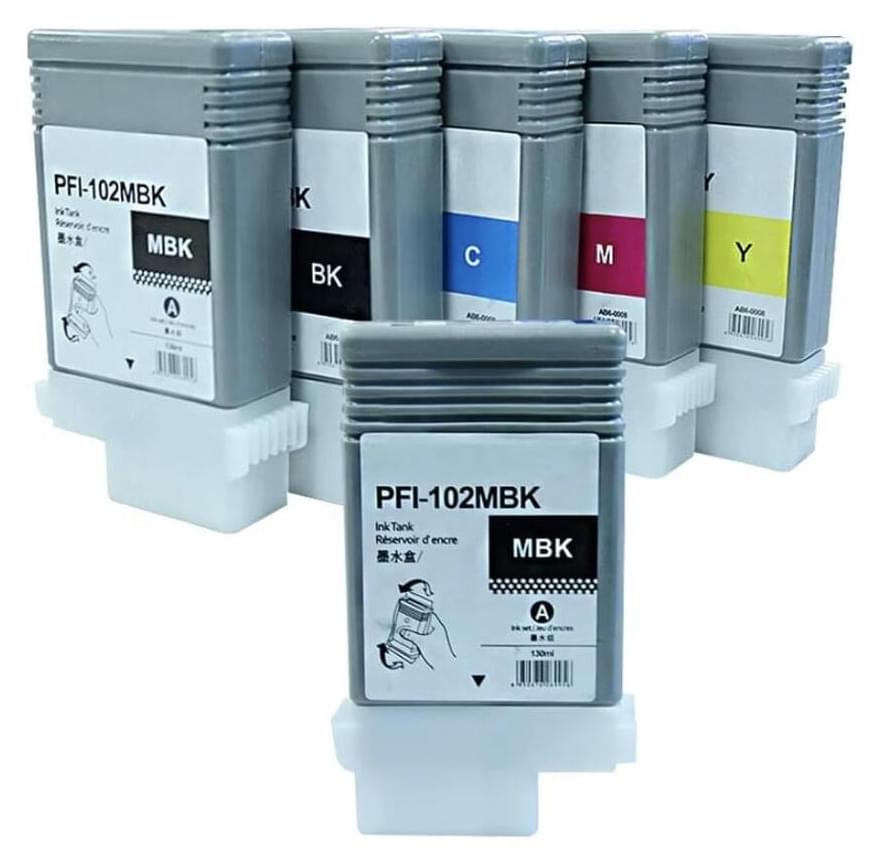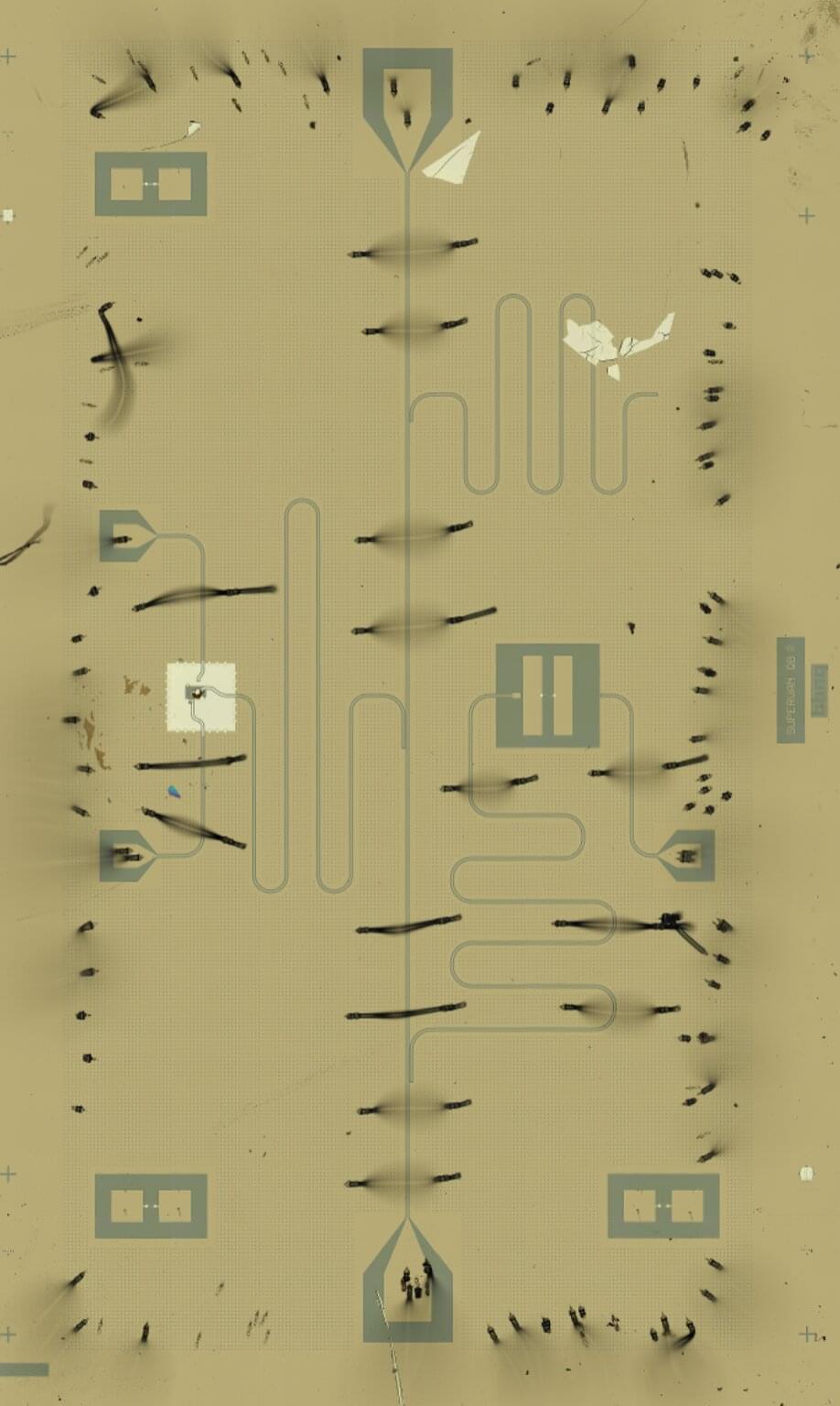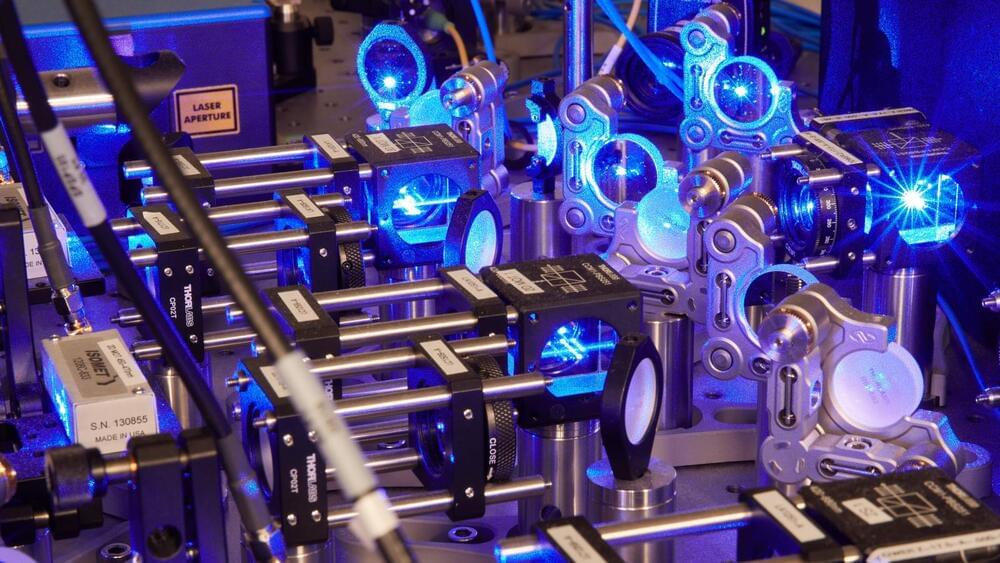According to Intel the Meta’s vision of the Metaverse is impossible with the current Hardware limitations. But Intel said that they plan on increasing the performance of their CPU’s and GPU’s by close to 1,000 times in the hopes of reaching petaflop performance on regular consumer hardware to allow for photorealistic simulations inside the Metaverse.
–
TIMESTAMPS:
00:00 Is the Metaverse the future?
02:36 What the Metaverse needs to work.
04:56 Privacy issues in the Metaverse.
07:42 Last Words.
–
#intel #metaverse #meta
Category: computing – Page 508
AMD’s upcoming 3D V-Cache shown to improve bandwidth with minimal latency increase
Highly anticipated: Speculation around AMD’s new 3D V-Cache technology has swirled ever since Dr. Lisa Su gave us a sneak peek at Computex 2021. Since then, AMD and tech enthusiasts have remained cautiously optimistic regarding claims that the new chiplet-stacking approach can yield substantial performance gains with minimal impact to latency, responsiveness, and overall functionality. A recent test of an EPYC processor with V-Cache is giving early indication that AMD’s performance uplift claims may just hold true.
No one was quite sure what to expect when AMD announced their 3D V-Cache technology at Computex last summer. While some enthusiasts saw the substantial increase in cache as an exciting development, others in the community found themselves upset that the new offerings would not offer substantial increases in clock speed, improvements in power draw, etc. Last Friday tech news outlet Chips and Cheese published results of their initial testing with one of AMD’s new Milan-X processors with 3D V-Cache, the server-oriented EPYC 7V73X. And so far, things look promising.
According to the site’s summary, AMD has managed to substantially increase a processor’s cache size (768MB) in comparison to the previous Milan family of processors (256MB). Testing by Chips and Cheese reports impressive performance from the stacked CPU and much larger L3 cache without incurring any significant increase to cache and memory latency. Initial testing shows the latency penalty keeping the increase somewhere between three to four cycles.

Meet the Reborn Moke, a Beguiling Buggy That Brings Attitude to Your Beach Commute
Moke International makes the car in Britain before final assembly in France. The revised chassis has been re-engineered to accommodate four passengers, and look for an all-electric version to be released in the summer. Priced from around $30,000, the Moke can be customized with a choice of 13 colors, including eye-popping Flamingo Pink and Florida Orange. My tester also wears gleaming chrome trim and badging on the hood.
Other stylistic touches include leather hood straps and a retro radio, which is actually able to be heard above the wind noise, at least at speeds below 45 mph. And on a wet day, with weather equipment in place, the windscreen can be heated for improved visibility. In all, this upgraded version is not far off from Sir Alec’s initial car—basic in the extreme and as quintessentially British as fish and chips or a warm pint of beer.

Forced: Printer ink company Canon was forced by the silicon shortage to sell cartridges without the DRM chips used to dissuade customers from using third-party tanks
Accordingly, it is reportedly telling customers how to bypass its “genuine” ink bullshit. (translation)
We value you as a customer and a constant user of Canon products. Due to the persistent global shortage of semiconductor components, Canon is currently facing challenges in sourcing certain electronic components that are used in our consumables for our multifunction printers (MFP). These components lead e.g. B. Features such as the detection of the remaining toner level. In order to ensure a continuous and reliable supply of consumables, we have decided to deliver consumables without semiconductor components until normal supply is restored. There is no negative impact on print quality when using consumables without electronic components, but certain additional functions, such as e. B. the detection of the toner level may be impaired.
The instructions appear to be straightforward—for the models I checked all you have to do is ignore onerous error messages—so it seems incorrect to claim Canon blocks the use of third-party cartridges. HP’s ink DRM is clearly more despised —they not only block non-DRM ink, but the ink is region locked and they expect you to pay for and maintain a subscription to it.

AMD “Renoir-X” Ryzen 4700÷4500÷4300 processors get rumored specs
According to 热心市民描边怪 “Enthusiastic Citizen”, a tech leaker known from Bilibili and Chiphell social platforms, AMD is now preparing its new series of Ryzen processors for launch. Those should be considered a direct response to the just-released Intel Alder Lake non-K series.
It goes without saying that AMD is in trouble with its low-end to mid-range products. With the release of 65W Alder Lake CPUs, the blue team took the indisputable lead in the cheap processor segment, often offering better performance than AMD’s more expensive 6-core CPUs. AMD is in a tough spot because the company did not launch any quad-core Ryzen 5,000 series on Vermeer silicon, only on Cezanne but even those are hard to come by (Ryzen 3 5300G is OEM only). There were also Ryzen 5,000 PRO series but those are not targeted at consumers.

Innovative New Algorithms Advance the Computing Power of Early-Stage Quantum Computers
A group of scientists at the U.S. Department of Energy’s Ames Laboratory has developed computational quantum algorithms that are capable of efficient and highly accurate simulations of static and dynamic properties of quantum systems. The algorithms are valuable tools to gain greater insight into the physics and chemistry of complex materials, and they are specifically designed to work on existing and near-future quantum computers.
Scientist Yong-Xin Yao and his research partners at Ames Lab use the power of advanced computers to speed discovery in condensed matter physics, modeling incredibly complex quantum mechanics and how they change over ultra-fast timescales. Current high performance computers can model the properties of very simple, small quantum systems, but larger or more complex systems rapidly expand the number of calculations a computer must perform to arrive at an accurate model, slowing the pace not only of computation, but also discovery.
“This is a real challenge given the current early-stage of existing quantum computing capabilities,” said Yao, “but it is also a very promising opportunity, since these calculations overwhelm classical computer systems, or take far too long to provide timely answers.”

Shrinking qubits for quantum computing with atom-thin materials
For quantum computers to surpass their classical counterparts in speed and capacity, their qubits—which are superconducting circuits that can exist in an infinite combination of binary states—need to be on the same wavelength. Achieving this, however, has come at the cost of size. Whereas the transistors used in classical computers have been shrunk down to nanometer scales, superconducting qubits these days are still measured in millimeters—one millimeter is one million nanometers.
Combine qubits together into larger and larger circuit chips, and you end up with, relatively speaking, a big physical footprint, which means quantum computers take up a lot of physical space. These are not yet devices we can carry in our backpacks or wear on our wrists.
To shrink qubits down while maintaining their performance, the field needs a new way to build the capacitors that store the energy that “powers” the qubits. In collaboration with Raytheon BBN Technologies, Wang Fong-Jen Professor James Hone’s lab at Columbia Engineering recently demonstrated a superconducting qubit capacitor built with 2D materials that’s a fraction of previous sizes.



Physicists discover ‘secret sauce’ behind exotic properties of new quantum material
MIT physicists and colleagues have discovered the “secret sauce” behind some of the exotic properties of a new quantum material that has transfixed physicists due to those properties, which include superconductivity. Although theorists had predicted the reason for the unusual properties of the material, known as a kagome metal, this is the first time that the phenomenon behind those properties has been observed in the laboratory.
“The hope is that our new understanding of the electronic structure of a kagome metal will help us build a rich platform for discovering other quantum materials,” says Riccardo Comin, the Class of 1947 Career Development Assistant Professor of Physics at MIT, whose group led the study. That, in turn, could lead to a new class of superconductors, new approaches to quantum computing, and other quantum technologies.
The work is reported in the January 13, 2022 online issue of the journal Nature Physics.